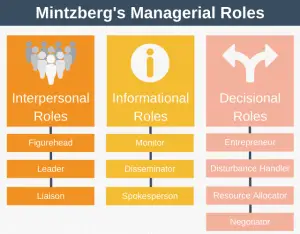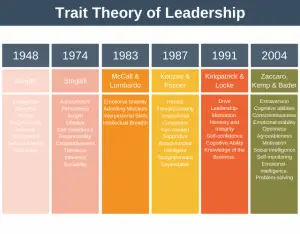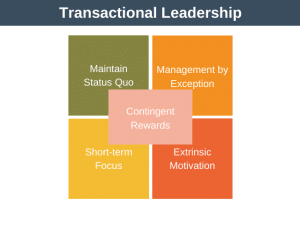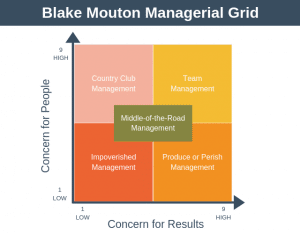Leadership in times of change is a difficult thing. You may be a Vice President responsible for over 1,000 people but in a huge organization you may still be a couple of layers removed from the organizational wide decision making body, or, you may be a program manager trying to lead a program team in the knowledge that change is coming. In both cases the important question is, “what change?”.
When an organization is about to make a large strategic change in direction, and everyone knows it’s coming but doesn’t know what it will be, this can create real inertia throughout the organization. Rather than proceed at full speed with the current plan of record, people start to wait for the decision. They are also unmotivated because they do not know if what they are working on today will be thrown away tomorrow.
Of course, uncertainty should be avoided whenever possible, and everyone throughout an organization should be aware of its business goals and direction, however, sometimes this just isn’t possible and a period of uncertainty is inevitable. One example might be where a company’s failure is visible for all to see in its quarterly earnings release, and during this release the company informs analysts and investors that it will take decisive action to stem the problem, but holds short of describing the decisive action. In this situation uncertainty is inevitable throughout the organization.
In cases like the one described above, it is not always possible for a leader to provide absolute clarity, however, in situations like this leadership is needed more than ever. With that, here are some solid actions you can take during times of uncertainty.
1. Admit Failure but Remain Positive
I doesn’t matter what level you lead at, you can work with your team to understand what went wrong. You can admit to the failure and seek feedback from others as to what caused the issue. Admitting failure during times of uncertainty can cause doubt amongst the team, so you should also take the time to articulate the positives as you see them – perhaps you have a great team of people who want to achieve, a great culture, or great company assets.
2. Provide what Certainty you can
You may not be able to provide clarity on the direction that will be chosen, but what you can do is be absolutely clear about the process which is being undertaken. Let the team know when key decisions will be made and when these decisions will be communicated, and to whom. This will at least provide the team with clarity of process.
If you know what the strategic change is going to be but are unable to share it with the team for whatever reason, perhaps because its communication needs to be coordinated and aligned across the whole company at the same time, or investors need to be informed first, then be open with your team and tell them as much. Remember, the aim of this step is to give as much clarity as you can to reassure the team. By sharing that the decision has been made and that whilst you can’t share what it is, you think it will be great for the company, this alone should go a long way to alleviating some of the fears of the team.
3. Plan Scenarios
In large corporations, times of uncertainty lead to rampant speculation and gossip, so why not harness this towards productive ends by doing some scenario planning. This will allow you to alter your current plans to be as ready as you can be, and also allows the team to see that perhaps a changed world is a positive thing after all.
4. Reach Outside the Organization
If everyone knows that change is coming then suppliers and customers will likely know about the impending change too. Now is a great time to reach out to them both. Again, you many not be able to provide clarity as to what the change will be but you can certainly clarify the process being undertaken and its milestones, and reassure them that they are a valued customer or supplier. Meet key external people face to face if possible, perhaps over lunch, simply to keep the relationship strong and remind them that you’re thinking about them in this difficult time.
Summary
As a leader, there will be times when strategic change is coming but you are either unable to share it or don’t know yourself what it will be. In these situations it is tempting to avoid communicating with key people as it is not possible to provide full clarity. However, it is in precisely situations like these where your leadership is needed more than ever. The above four points provide solid actions you can take as a leader in uncertain times, to both keep things moving and provide as much clarity as is possible.










